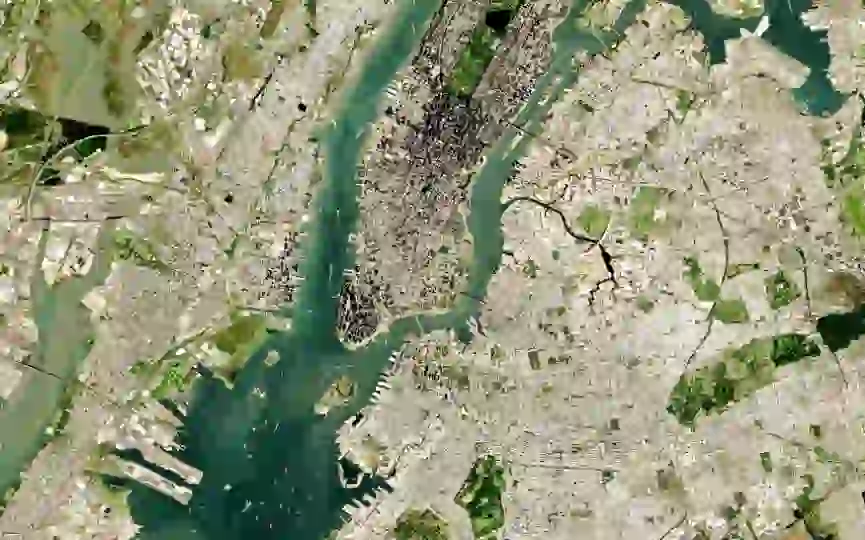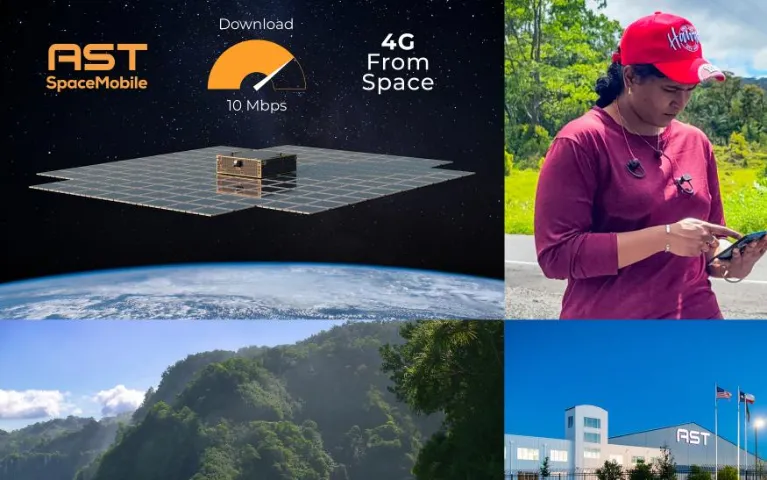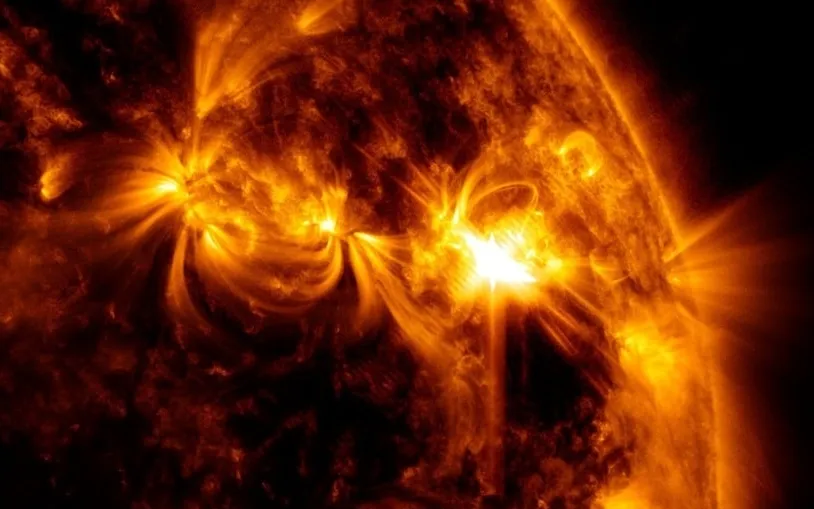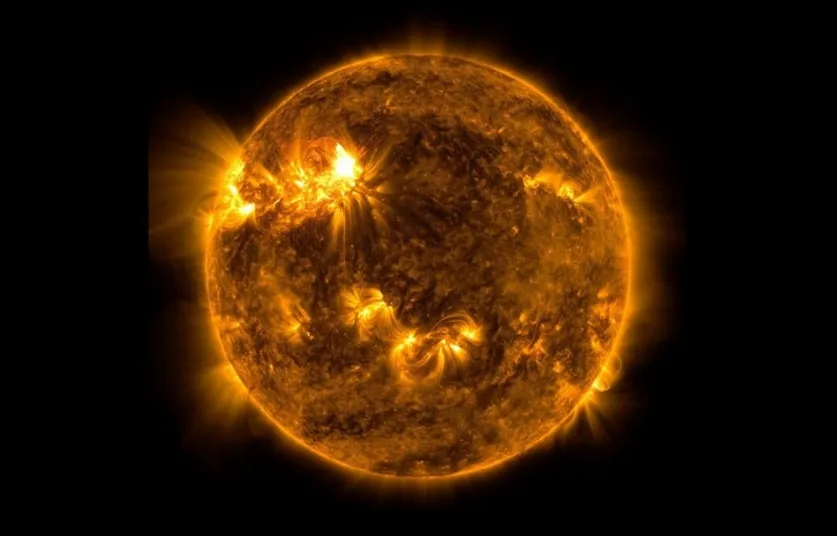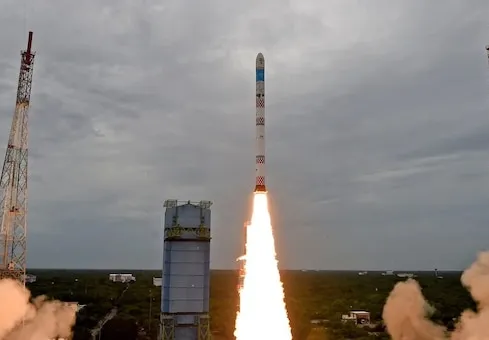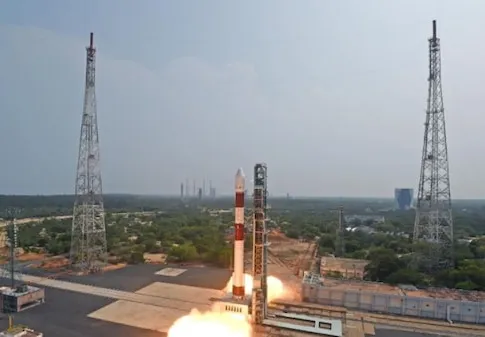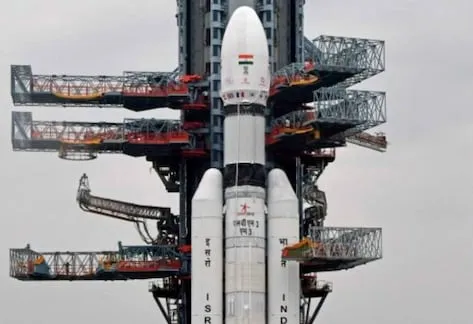IBM and NASA Collaborate to Create Global Planetary Data System for Earth Sciences
In 2024, NASA predicts that its Earth science missions will produce approximately 250,000 terabytes of data. To effectively analyze this vast amount of satellite data, IBM, HuggingFace, and NASA have joined forces to develop an open-source geospatial foundation model. This model will serve as the groundwork for a new generation of climate and Earth science artificial intelligence systems. These AI systems will be capable of monitoring deforestation, forecasting crop yields, and tracking greenhouse gas emissions. In this project, IBM used the recently released Watsonx.ai as a base model of NASA’s…
Read More
